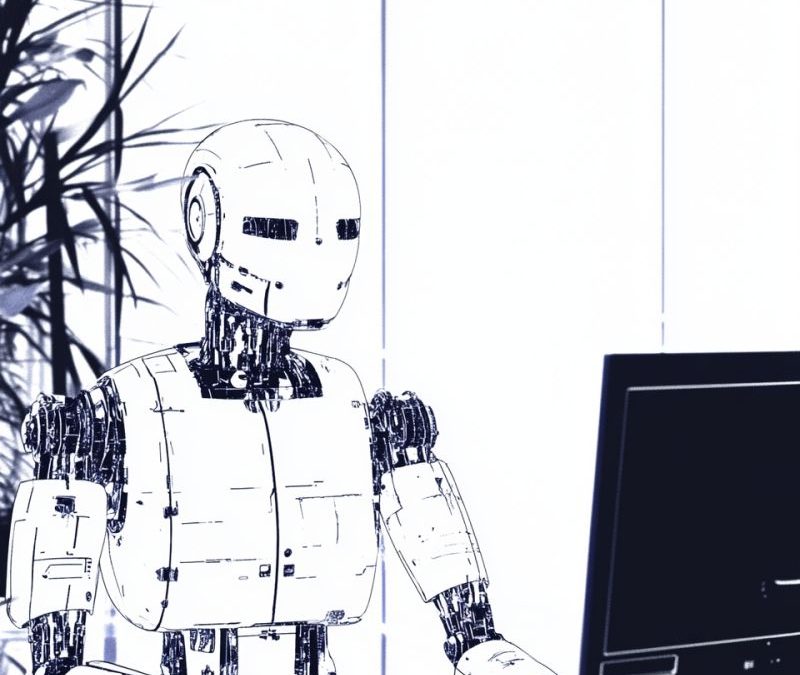Architects are at the forefront of the automation revolution, responsible for reshaping organisations to embrace the benefits of technology.
The promise is compelling—enhanced productivity, significant cost reductions, and the ability to operate 24/7 in a global marketplace.
Yet, alongside these benefits lie profound ethical challenges, particularly around the displacement of workers and the societal impacts of automation.
The rise of automation isn’t just a technical or operational shift—it has deep implications for the workforce. Many sectors face the reality of widespread job loss, particularly in roles that are more easily automated.
This shift creates insecurity and anxiety, disproportionately affecting low- and middle-skilled workers.
As architects, we must account for these human costs, understanding that our decisions influence both the organisations we serve and the broader communities in which they operate.
Addressing these challenges requires thoughtful, strategic action:
- Reskilling and Upskilling: Investing in comprehensive programmes that help workers transition into new roles, ensuring they remain valuable contributors in an automated world.
- Creating New Roles: Identifying opportunities for workers to take on complementary positions that align with automated systems, fostering collaboration between human talent and technology.
- Phased Implementation: Gradually introducing automation to minimise disruption, allowing workers and systems time to adapt and evolve.
The path forward demands careful navigation. We must go beyond technical solutions and think holistically, integrating ethical considerations into the automation blueprint.
By doing so, we ensure that progress doesn’t come at the expense of human wellbeing but instead creates opportunities for both technology and people to thrive together.
The future of work is in our hands, and it’s up to us to design it responsibly. Architects hold the key to shaping an automated world where humanity remains at the core, ensuring a balanced approach between progress and compassion.
How can we design our futures ethically? Share your ideas with us on Linkedin …

